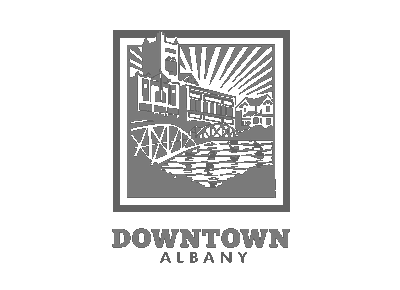History
The City's wastewater collection system dates back to the early 1900s and includes vitrified clay tile, concrete, and polyvinyl chloride (PVC) plastic materials. The sewer system collects wastewater from 219 miles of sewers in eleven sewer basins in Albany. The sanitary sewer system includes pipes ranging in size from 6 to 72 inches in diameter and 14 lift stations. The Water Reclamation Facility is jointly owned by the City of Millersburg and accepts wastewater from the City of Millersburg's sewer system. The Millersburg system includes four pump stations and pipes ranging in size from 6 to 21 inches.
The Albany-Millersburg Water Reclamation Facility was completed in 2009 and is located at 405 Davidson Street NE. The plant provides secondary wastewater treatment through an activated sludge process and includes a solids reduction process to both improve the quality and minimize the volume ofbiosolids.
An integrated wetlands treatment project, the Talking Water Gardens, was opened in 2012.
It cools effluent from the treatment plant to meet regulatory requirements, provides further treatment to improve effluent quality, serve as a living laboratory to educate, a conservation area for habitat of native species, and a recreational asset for the community.
The project is now in a growing phase to reach a desired 80-90% plant density in the wetland cells. This density will allow the gardens to reach the cooling goals, as well as provide further cleaning of the water by the plants.
Capacity
The treatment facility has an average daily dry weather flow capacity of 12.3 million gallons per day (MGD) and a peak wet weather capacity of 68 MGD. The facility treats wastewater substantially above regulatory requirements and has sufficient reserve capacity for growth until approximately 2030.
Sludge is screened to remove material that is not readily biodegradable, treated by aerobic digestion and thickened beforeapplication on non-food producing private agricultural lands.
Challenges
The Capital Improvement Program for the wastewater system identifies projects that are needed to upgrade and expand the system for future users ensuring that it continues to serve current customers. Pipes are deteriorating or are the wrong size and service needs to be extended to areas that are not now served.


